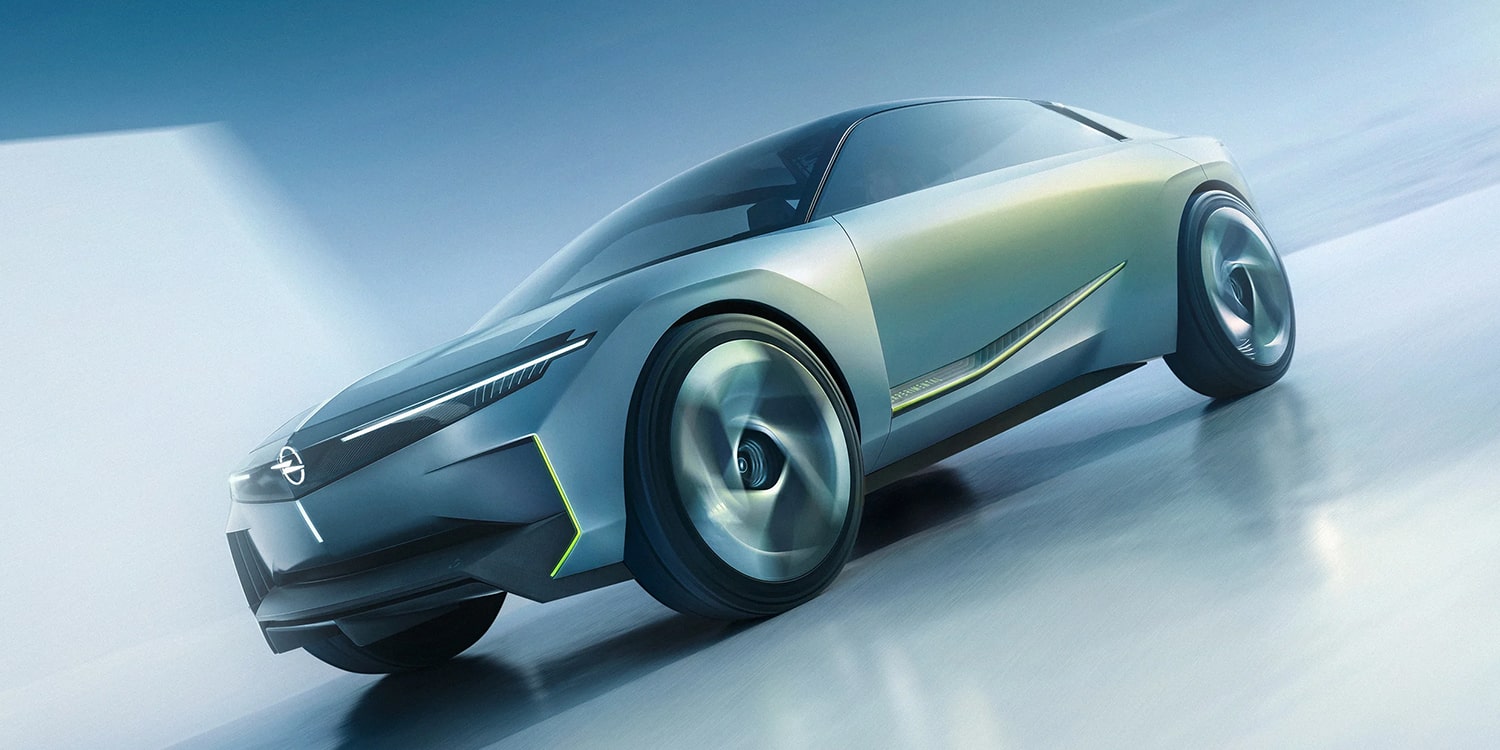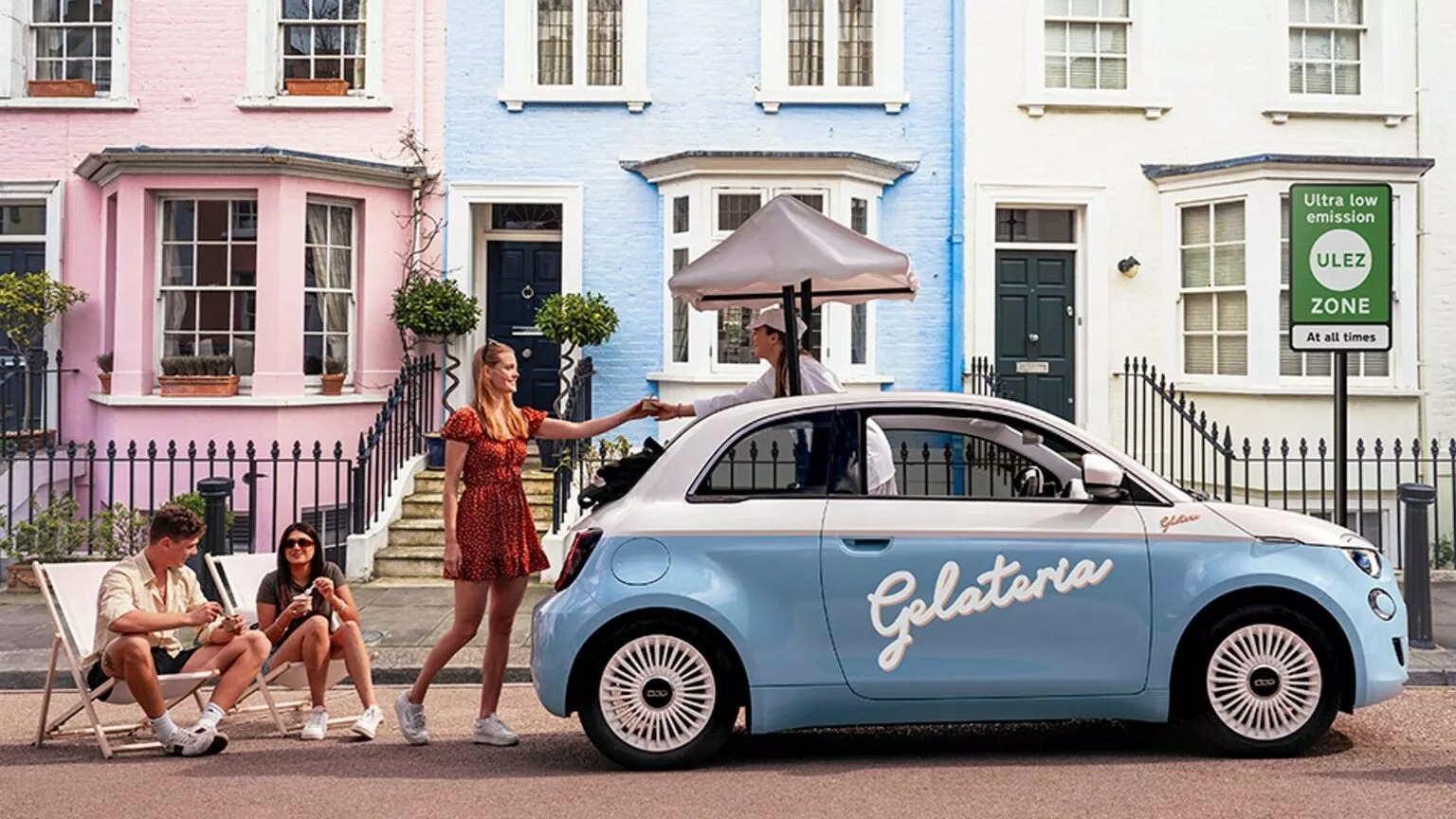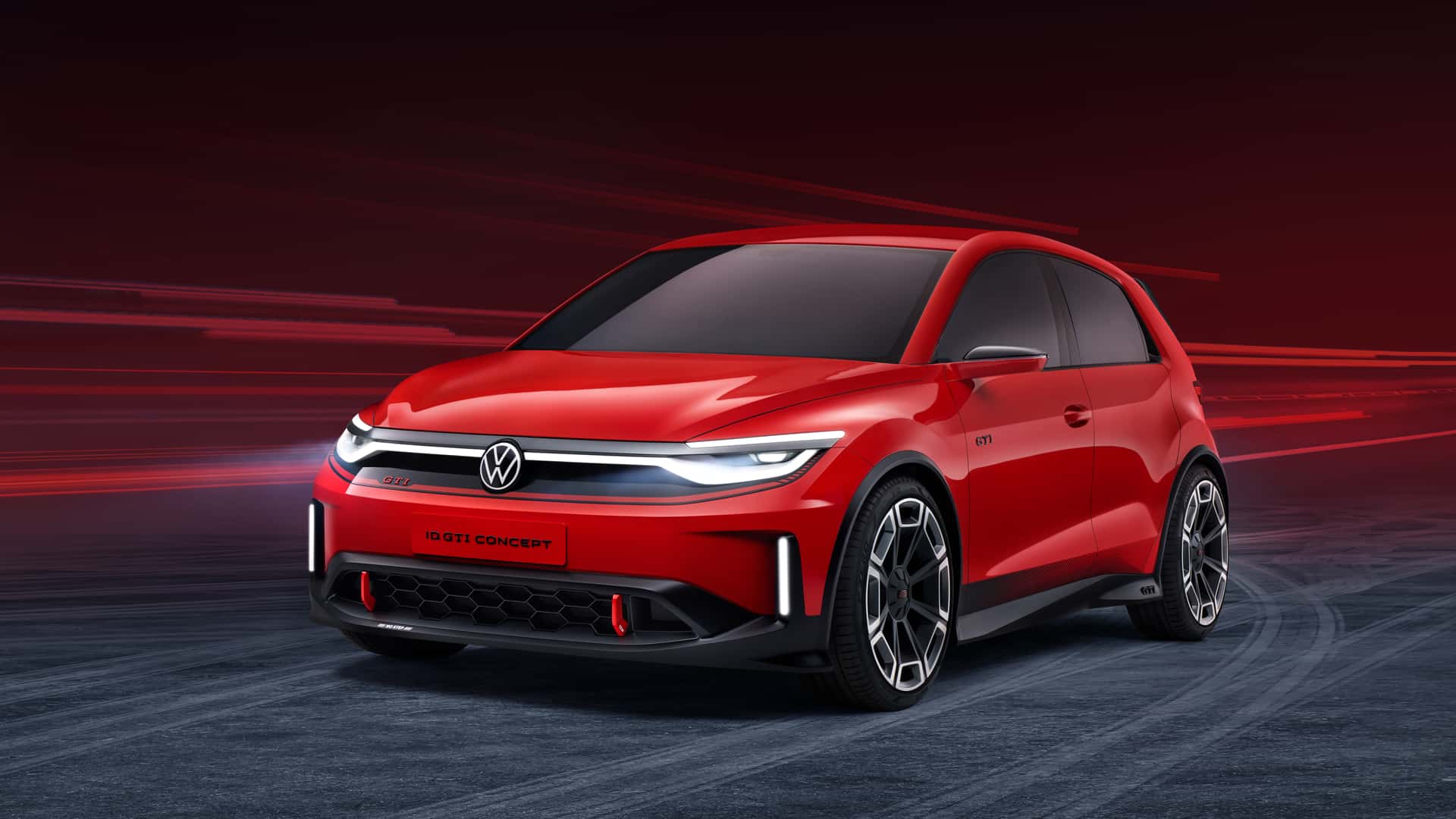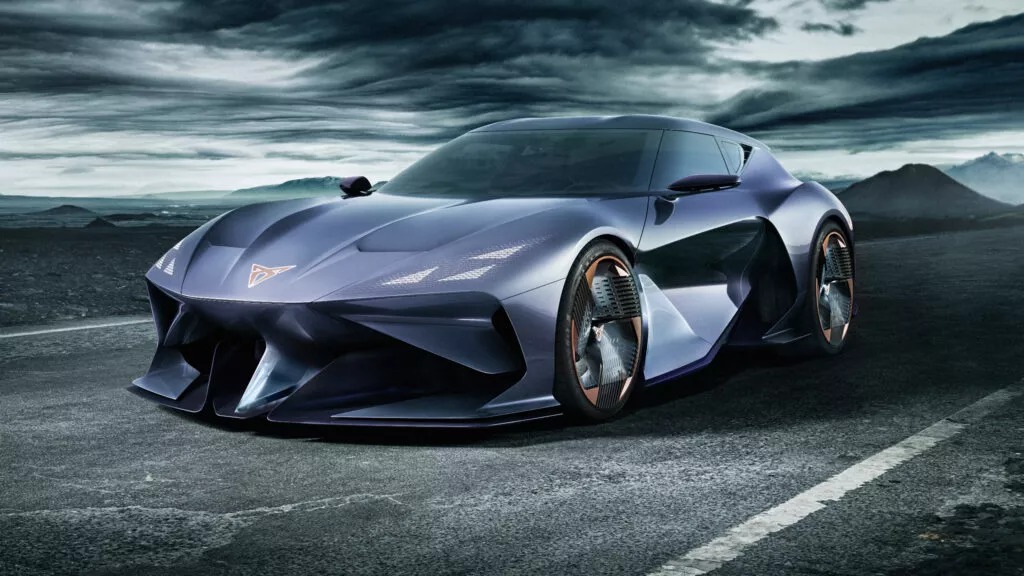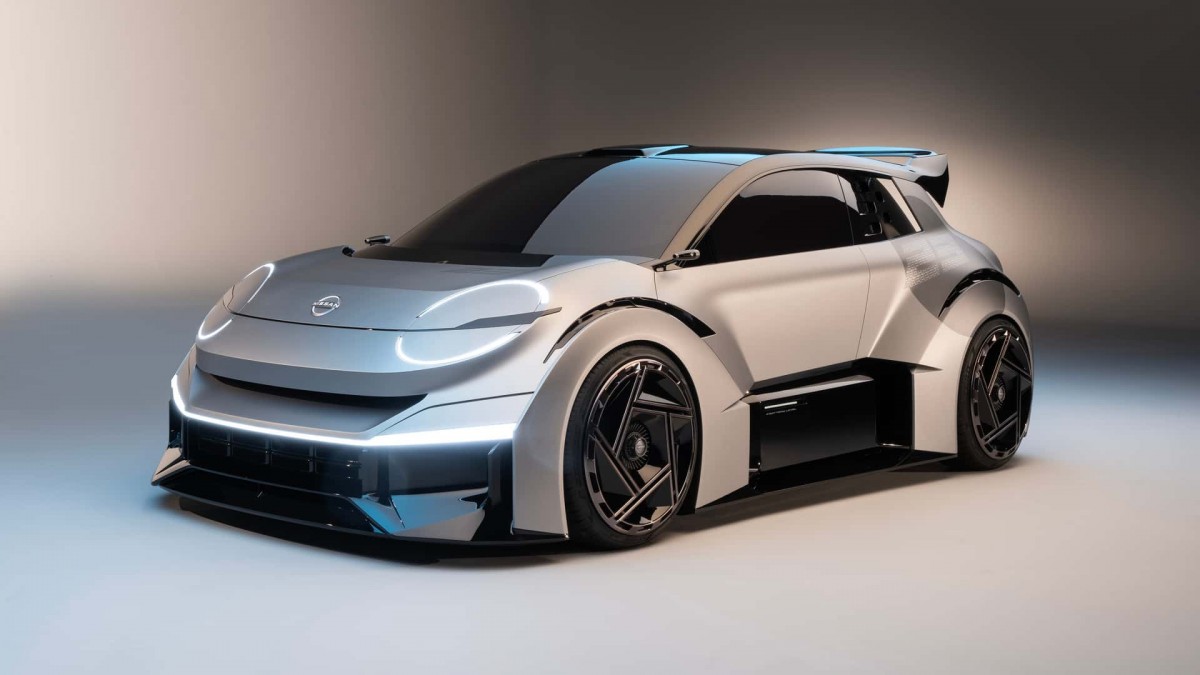Opel has offered a sneak peek into its electrified path forward through the debut of the Experimental concept car. The battery-electric crossover, showcased online, is set to make its global premiere in September at the IAA Mobility event in Munich.
According to Opel’s CEO Florian Huettl, the aptly named Experimental study aims to offer “a sneak preview of forthcoming models and technologies, an insight into future design, and indeed, a new era that awaits the brand.” As disclosed, the parent company, Stellantis, intends to transform Opel into a fully electric brand in the European market by 2028.
While specific technical details remain relatively undisclosed, it has been revealed that the electric crossover will be underpinned by a BEV (Battery Electric Vehicle) platform sourced from Stellantis and will feature an electric all-wheel drive system. Classified within the C segment, the Experimental model is likely to utilize the STLA Medium platform. This suggests the incorporation of a 400-volt system, offering a gross battery energy content of up to 104 kWh, coupled with the choice between front- or all-wheel drive, boasting power outputs ranging from 160 to 285 kW. The vehicle’s wheelbase is anticipated to span between 2.70 and 2.90 meters, with an overall length falling within the range of 4.30 to 4.90 meters.
In terms of design and structure, Opel’s description highlights a design approach characterized by its “bold and refined” attributes, symbolizing the “next chapter of Opel design philosophy.” Notably, this evolution is evident in the upgraded front fascia – the “4D Opel Vizor,” which distinguishes itself from the previous “Opel Vizor” found on current production models.
Despite the emphasis on “cutting-edge aero-efficiency features,” the vehicle’s notably steep and somewhat less aerodynamic front end persists. However, the car incorporates adjustable air vents at both the front and rear, capable of opening or closing based on requirements. Furthermore, the study introduces a adaptable rear diffuser that extends or retracts in response to driving conditions, enhancing overall aerodynamic performance.
Opel’s endeavor to maintain distinctiveness led them to a design approach that circumvented the typical teardrop shape often associated with aerodynamic optimization. Instead, they prioritized creating an unmistakably unique body. Mark Adams, Opel’s design chief, explained, “The exterior design ensures an optimized aerodynamic performance alongside an eye-catching silhouette, while the interior provides an immersive and emotionally engaging user experience.” He further asserted that numerous design elements and the guiding philosophy would be discernible in forthcoming production vehicles.
This design ethos extends into the vehicle’s interior as well. The cabin intends to deliver a sense of spaciousness akin to that of the D-segment, transcending the typical confines of the C-segment category. Achieved through lightweight adaptive seating, the interior design also contributes to liberating space within the concept car. Enhanced by steer-by-wire technology, the steering wheel can be folded away when not in use. Moreover, the elimination of mechanical steering components reduces overall weight. Traditional screens have been omitted, with information presented through augmented projection technology. The system operates primarily via AI-assisted voice commands, eliminating the need for a conventional touchscreen interface.

